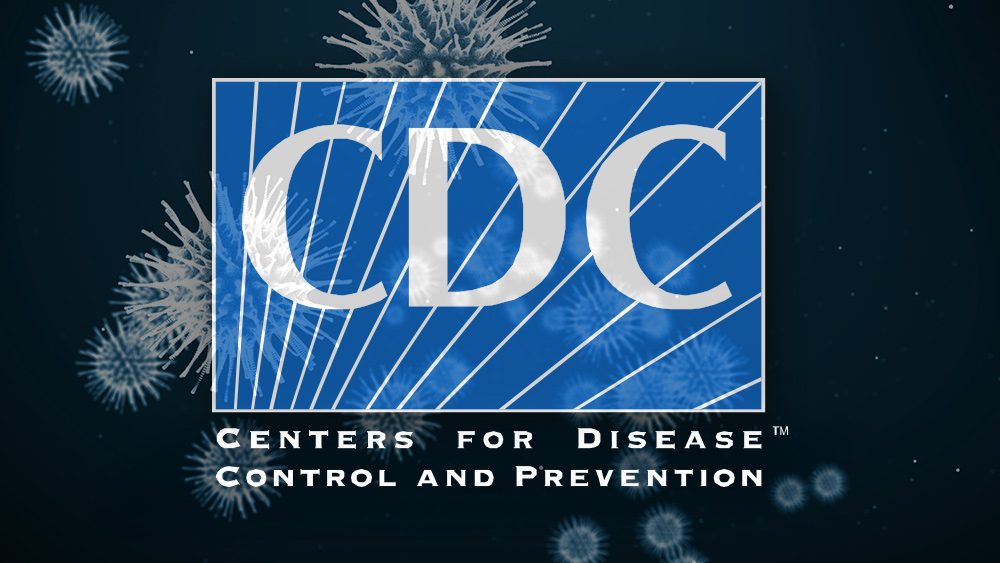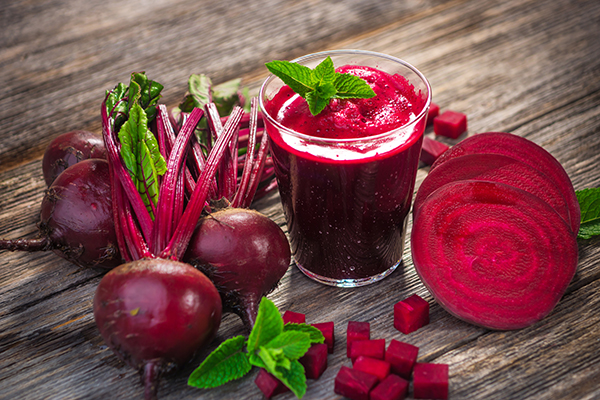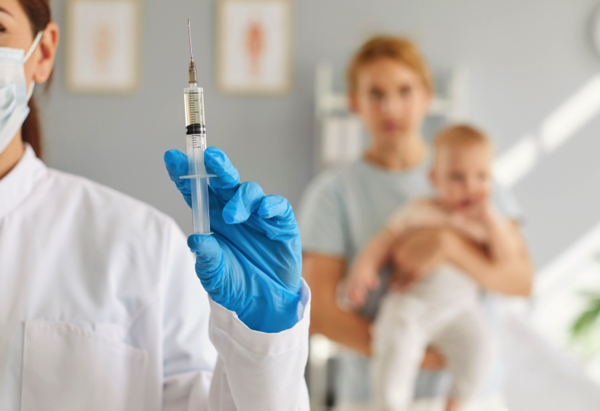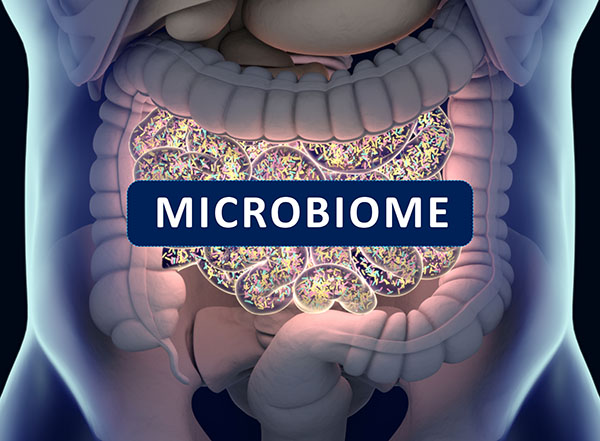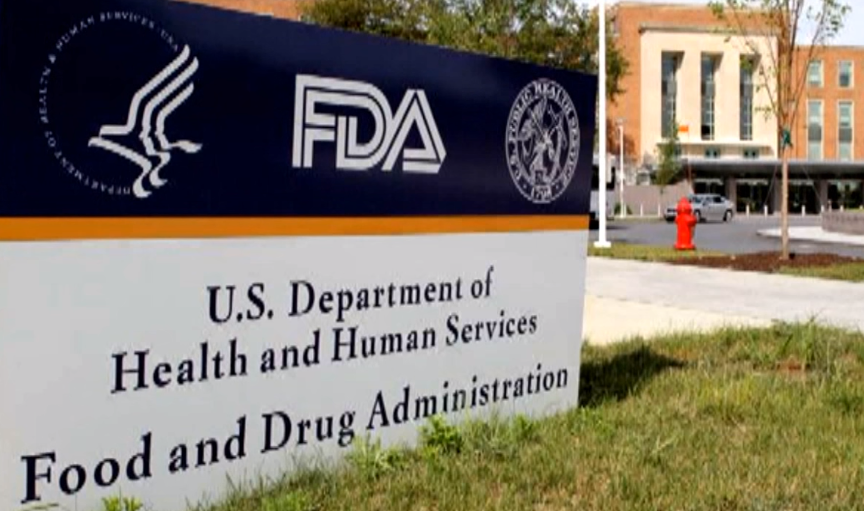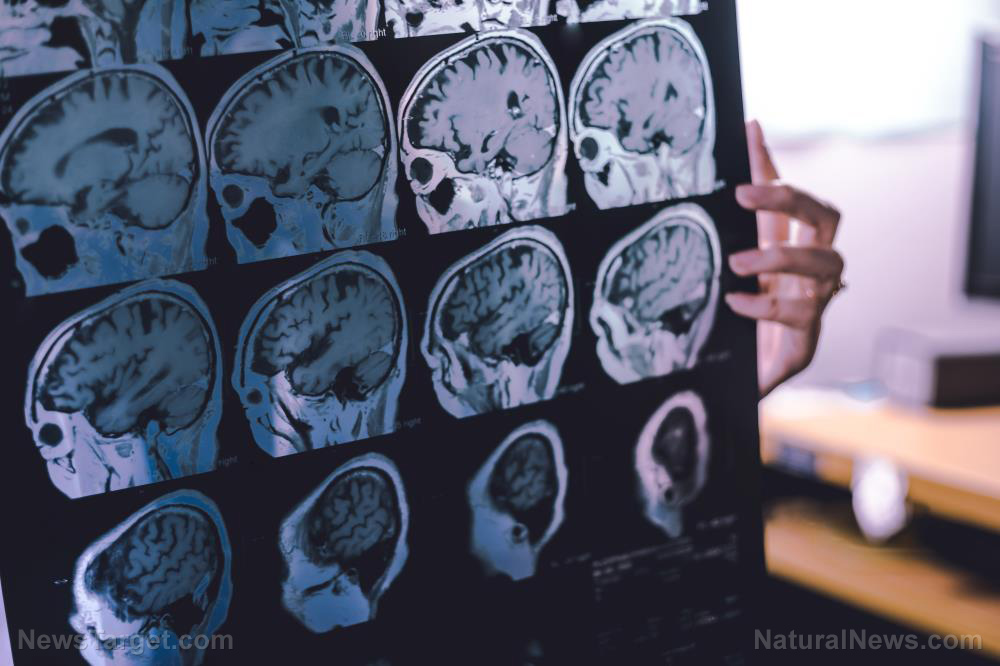Liver cancer cases poised to double by 2050: A preventable crisis
07/31/2025 / By Belle Carter
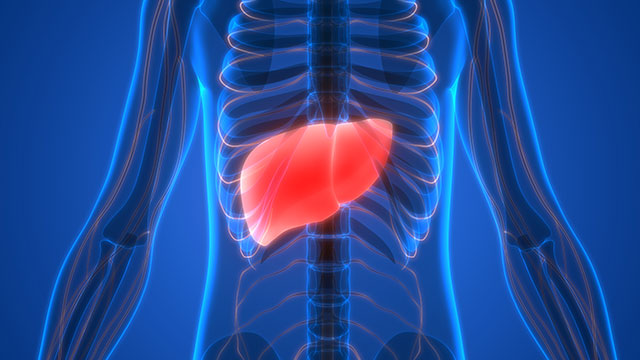
- Global liver cancer cases are projected to nearly double from 870,000 in 2022 to 1.52 million by 2050, highlighting a critical and largely preventable public health crisis.
- The primary drivers of this increase are viral infections (hepatitis B and C), alcohol consumption and metabolic dysfunction-associated steatotic liver disease (MASLD), with MASLD being the fastest-growing cause due to rising obesity rates.
- Approximately 60 percent of liver cancer cases are linked to preventable risk factors. Experts emphasize the need for immediate action to address these factors and implement prevention strategies to save lives.
- MASLD, driven by obesity and metabolic syndrome, is rapidly increasing, with one-third of the global population already affected. In the United States, over 55 percent of adults could have MASLD by 2040, potentially leading to a liver cancer epidemic.
- There are several natural strategies for liver protection, including addressing metabolic health, supporting natural detoxification, optimizing nutrition, reducing inflammatory foods and considering targeted screening for high-risk individuals. These measures, along with government policies and healthcare priorities, are crucial in preventing the predicted surge in liver cancer cases.
Global liver cancer cases are expected to nearly double from 870,000 in 2022 to 1.52 million by 2050, according to a comprehensive analysis published in The Lancet.
This alarming forecast underscores a critical and largely preventable public health crisis, driven by a combination of viral infections, alcohol consumption and an increasingly prevalent condition: metabolic dysfunction-associated steatotic liver disease (MASLD), formerly known as nonalcoholic fatty liver disease.
The Lancet Commission on liver cancer, a group of leading experts, has delivered the most extensive dataset on this deadly disease to date. Liver cancer is already the sixth most common cancer worldwide and the third leading cause of cancer deaths. With five-year survival rates as low as five percent to 30 percent, the urgency for prevention cannot be overstated.
The commission’s findings reveal a stark truth: 60 percent of liver cancer cases are linked to preventable risk factors.
“As three in five cases of liver cancer are tied to preventable causes – primarily viral hepatitis, alcohol and obesity – there is a significant opportunity for countries to address these risk factors, prevent cases and save lives,” emphasized Prof. Stephen Chan from the Chinese University of Hong Kong, the study’s lead author.
The primary culprits identified by the commission are the hepatitis B virus (39 percent of cases), the hepatitis C virus (29 percent), alcohol consumption (19 percent) and MASLD (eight percent currently, but rapidly rising). While viral hepatitis cases may see a slight decline, the outlook for alcohol-related and MASLD-related liver cancer is grim. Alcohol-related cases are projected to increase from 19 percent to 21 percent by 2050 and MASLD-related cases are expected to surge from eight percent to 11 percent.
The growing threat of MASLD
MASLD, driven by obesity and metabolic syndrome, is now the fastest-growing cause of liver cancer globally. Approximately one-third of the world’s population already suffers from this condition.
“Liver cancer was once thought to occur mainly in patients with viral hepatitis or alcohol-related liver disease. However, today, rising rates of obesity are increasingly becoming a risk factor for liver cancer, primarily due to the accumulation of excess fat around the liver,” warns Prof. Hashem El-Serag from Baylor College of Medicine. (Related: Sugary drinks linked to dramatic rise in liver cancer risk among women, study warns.)
In the United States, the prevalence of MASLD is climbing in tandem with obesity rates. By 2040, over 55 percent of American adults could have MASLD, setting the stage for a potential liver cancer epidemic.
Natural strategies for liver protection
While government policies are crucial, individual actions can also make a significant impact. The commission highlighted several strategies that anyone can adopt to reduce their risk:
- Address metabolic health directly: Given that MASLD is fueled by insulin resistance and metabolic dysfunction, controlling blood sugar through diet and exercise can substantially lower risk.
- Support natural detoxification: The liver processes toxins daily. Staying hydrated, consuming antioxidant-rich foods and minimizing exposure to toxins can help maintain liver health.
- Optimize nutrition: Certain nutrients support liver function. Milk thistle, alpha-lipoic acid and N-acetylcysteine have shown promise in protecting liver cells from damage.
- Reduce inflammatory foods: Processed foods, excess sugar and refined oils contribute to inflammation that can lead to liver damage. Emphasizing organic, whole foods can help reduce this inflammatory burden.
- Consider targeted screening: The commission suggests that routine screening for liver damage should be implemented for individuals at high risk, including those with obesity, diabetes and cardiovascular disease.
Prof. Valerie Paradis from Beaujon Hospital emphasized the urgency of acting now: “Compared with other cancers, liver cancer is very hard to treat but has more distinct risk factors, which help define specific prevention strategies.”
The lifestyle choices made today, the policies governments implement tomorrow and the healthcare priorities set collectively will determine whether this predicted doubling of cases would be seen or deaths of millions would be successfully prevented. The blueprint for prevention exists. The question is whether we will use it before it’s too late.
Watch the video below that talks about healing colon, liver and pancreas cancer the Gerson way.
This video is from the BrightLearn channel on Brighteon.com.
More related stories:
Study reveals how CANCERS in multiple organs alter liver function.
Study: “Forever chemicals” in popular cooking products increase risk of liver cancer.
STUDY: Compound in coffee and tea can prevent liver cancer cells from spreading.
Sources include:
Submit a correction >>
Tagged Under:
#nutrition, alcohol consumption, cancer, diet, food choices, Hepatitis, lifestyle, Liver cancer, MASLD, metabolic health, obesity
This article may contain statements that reflect the opinion of the author

